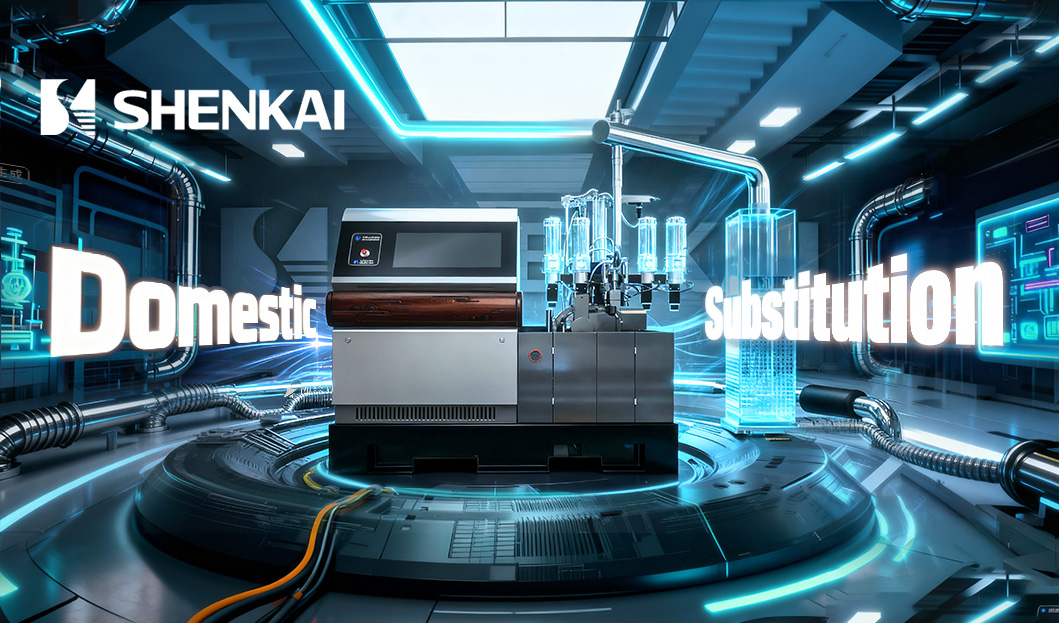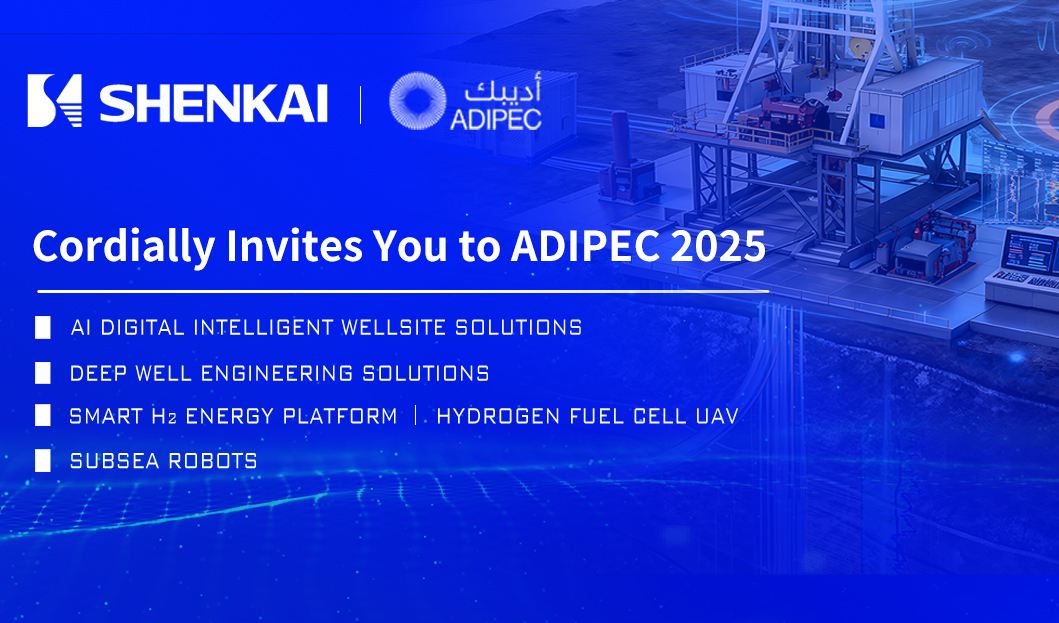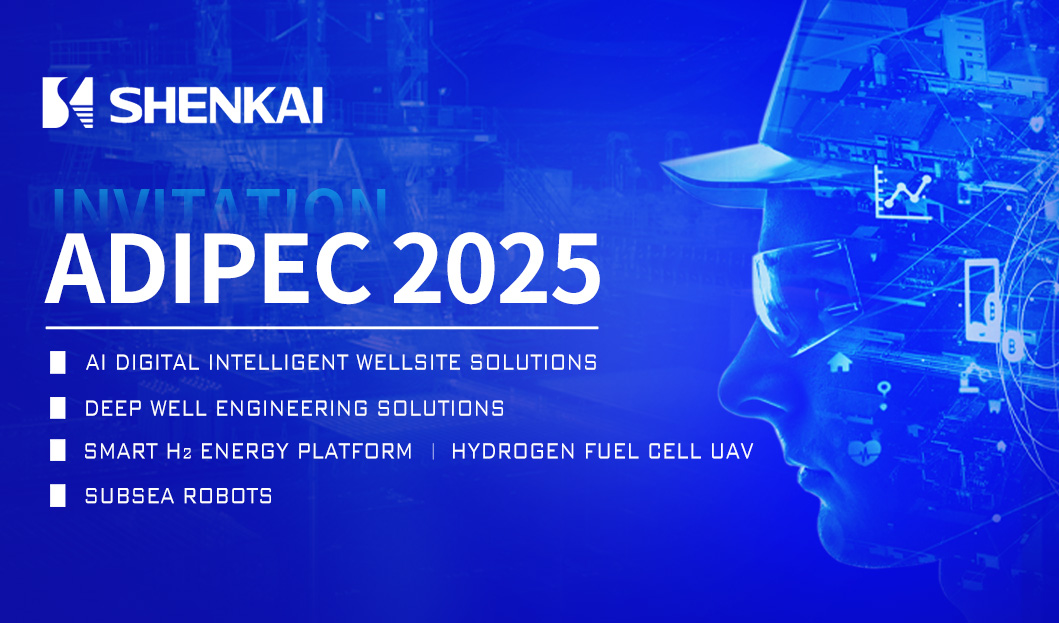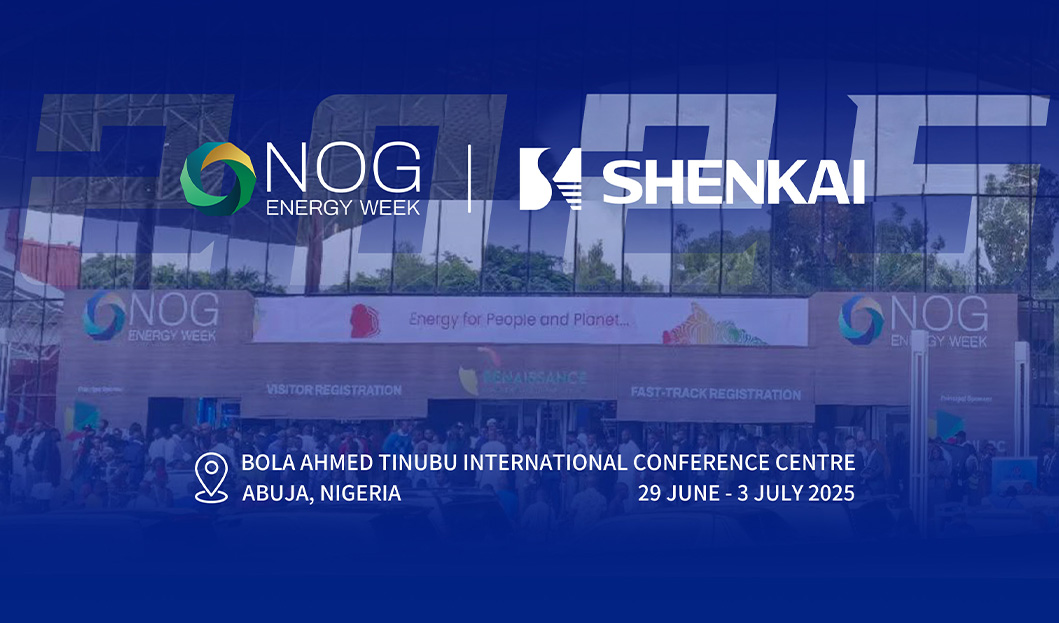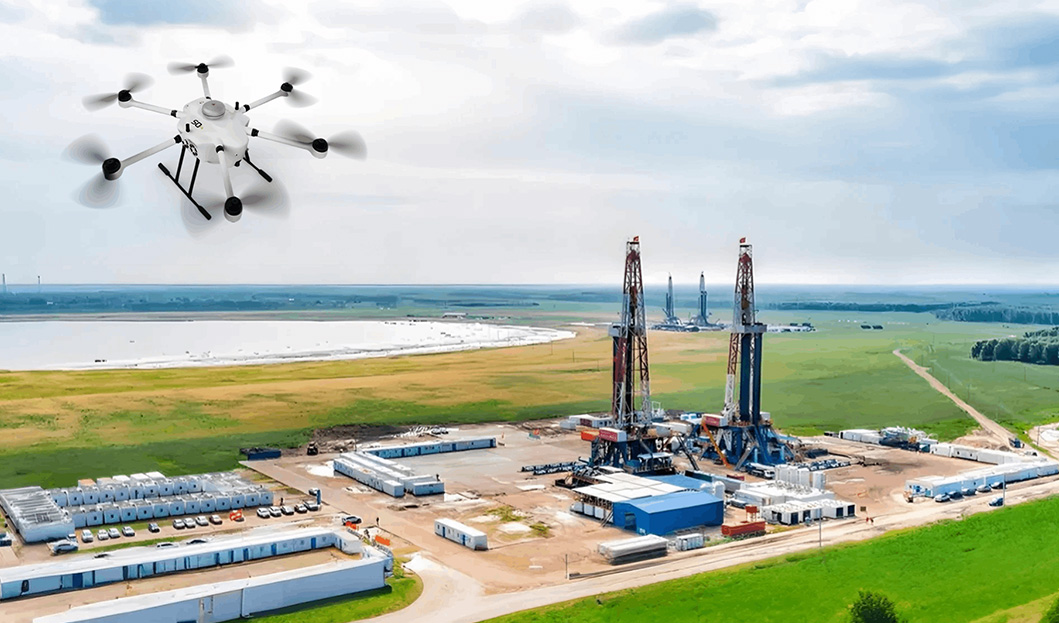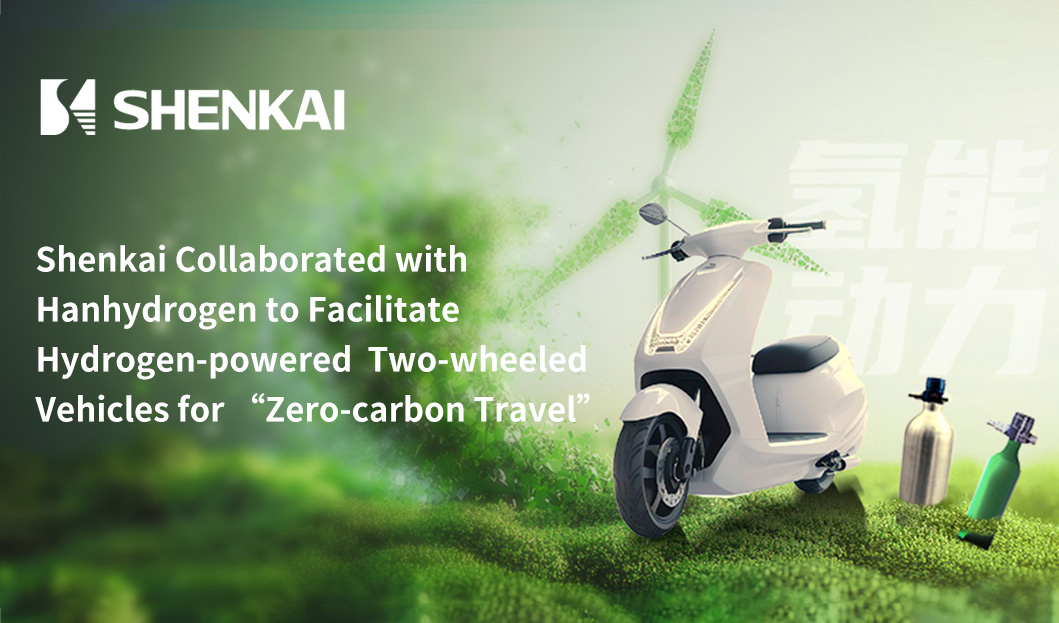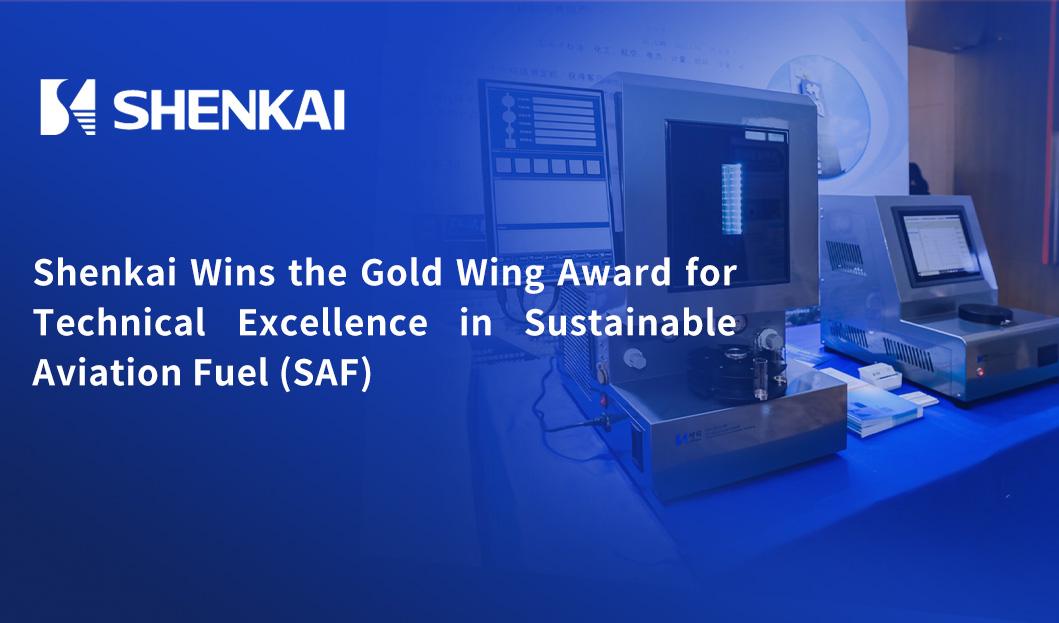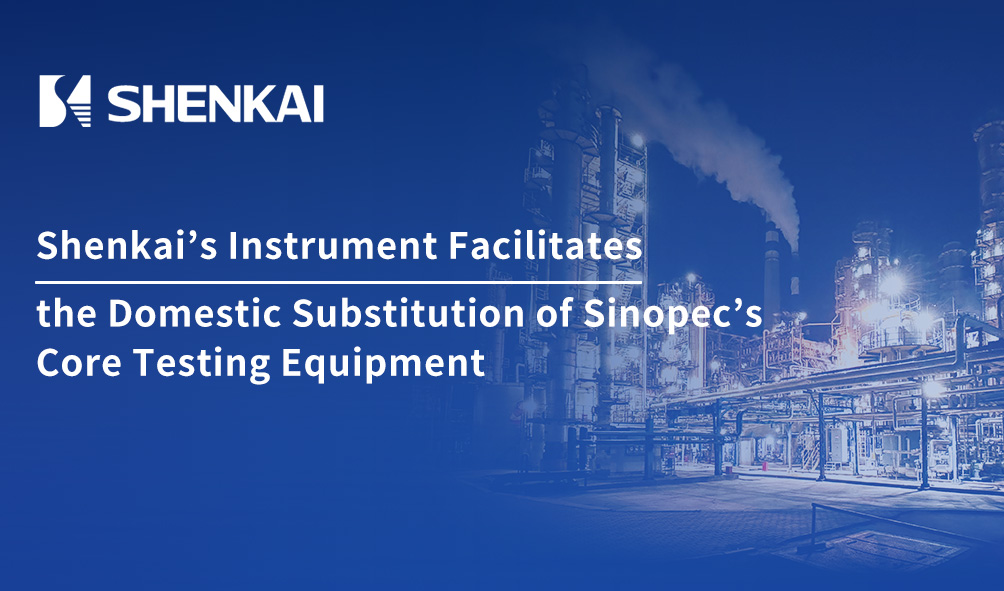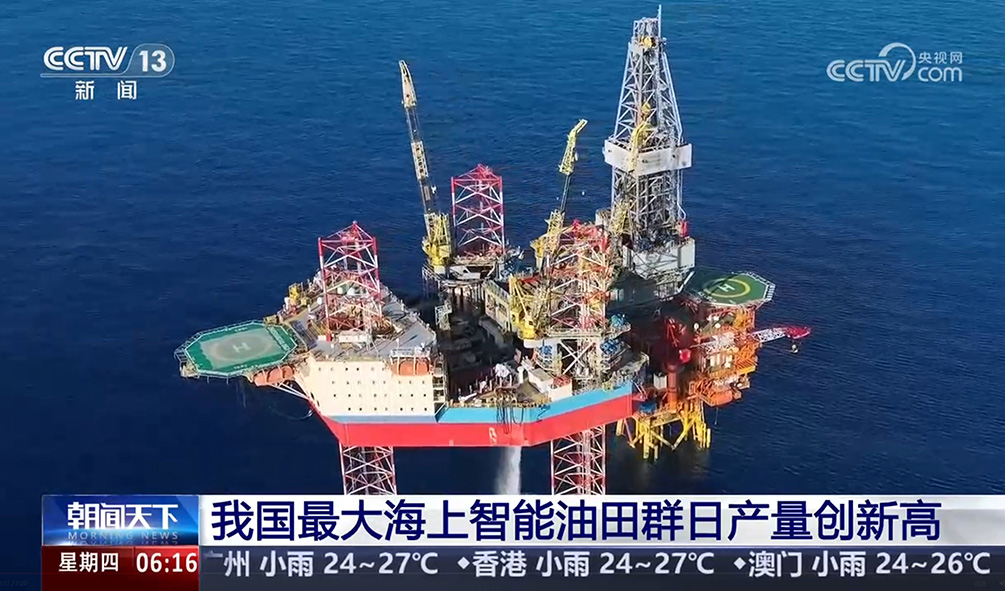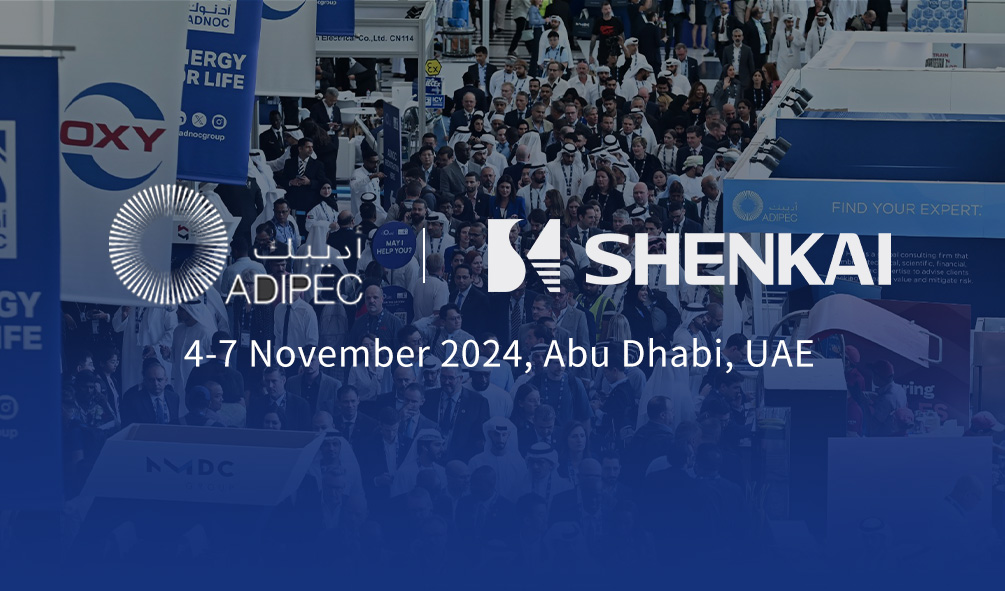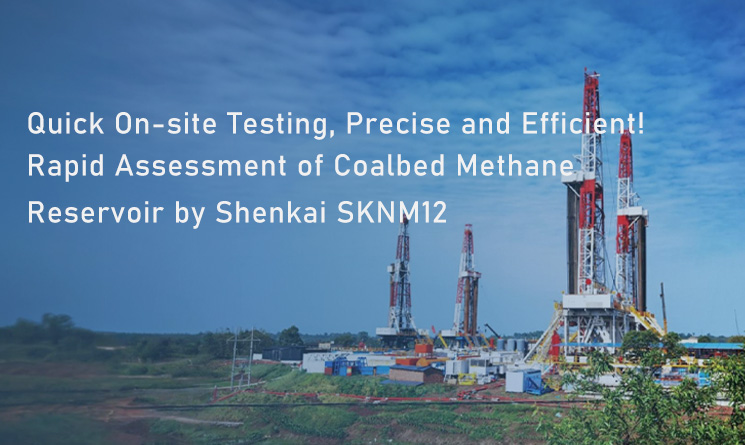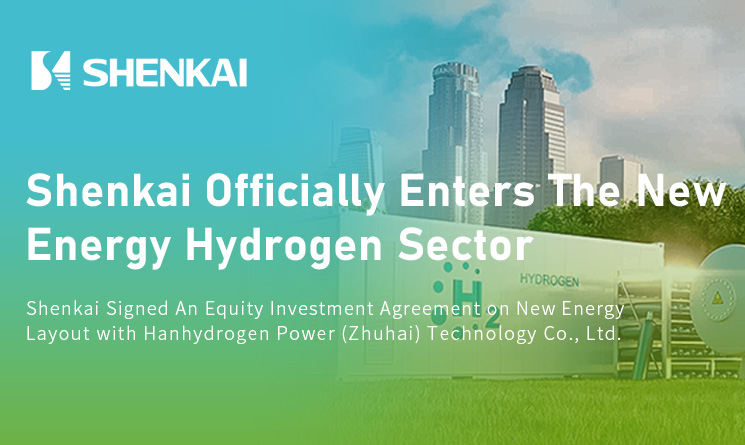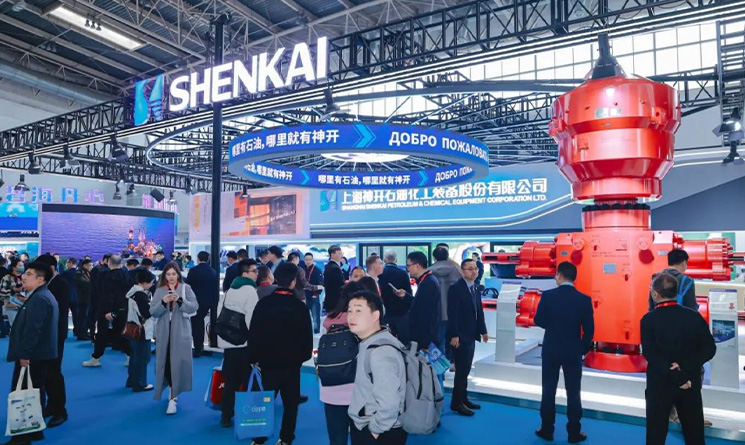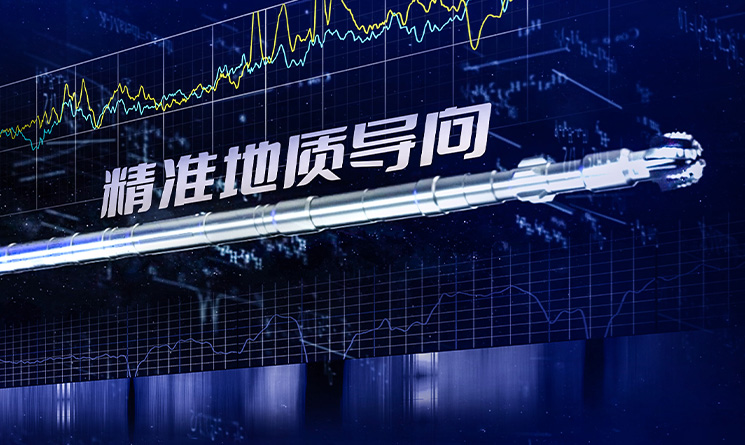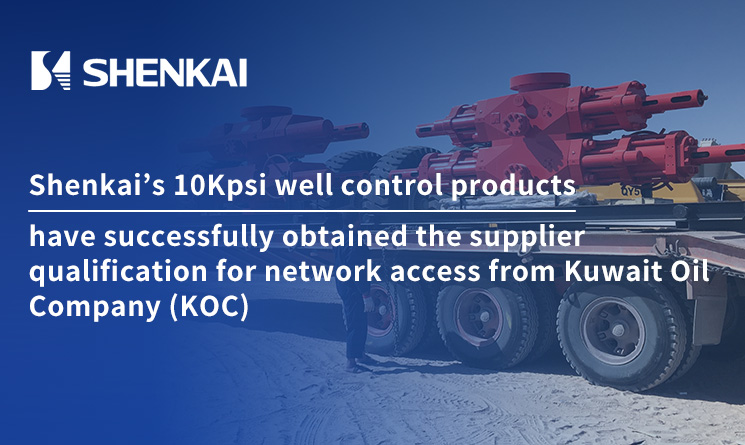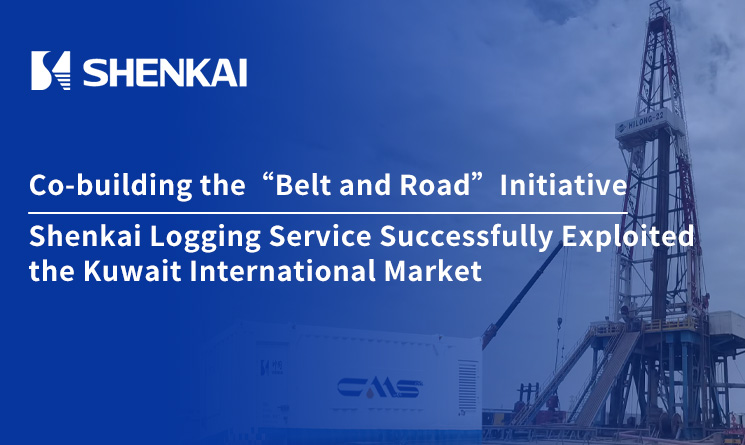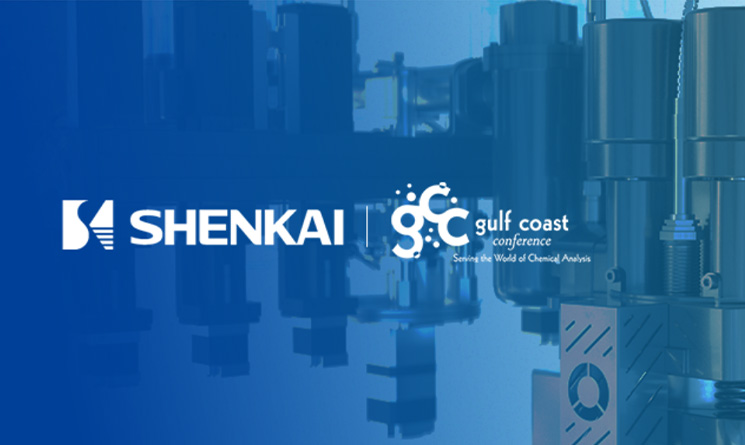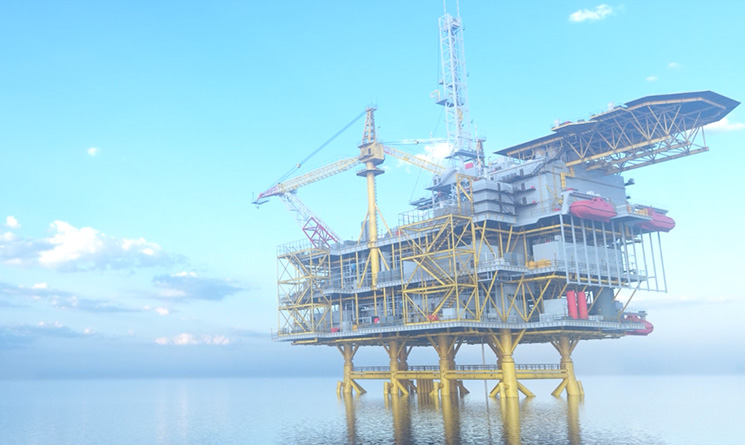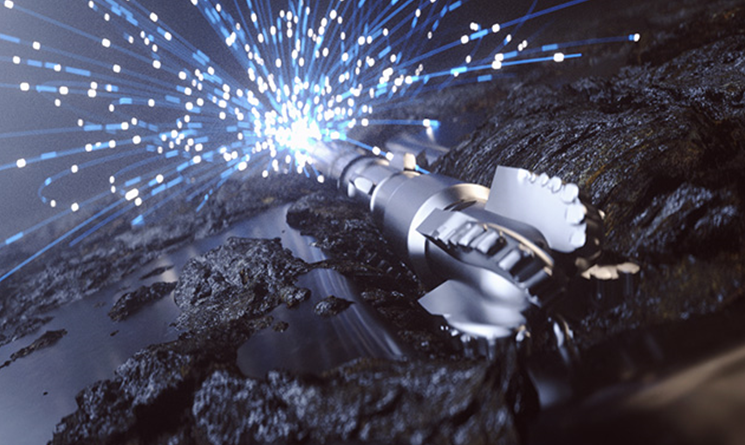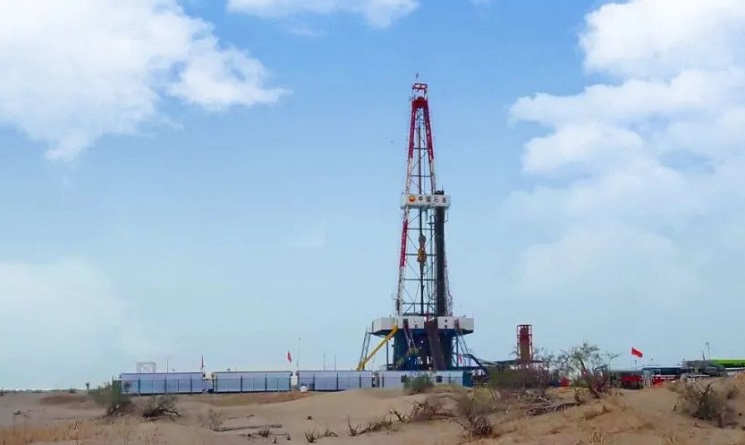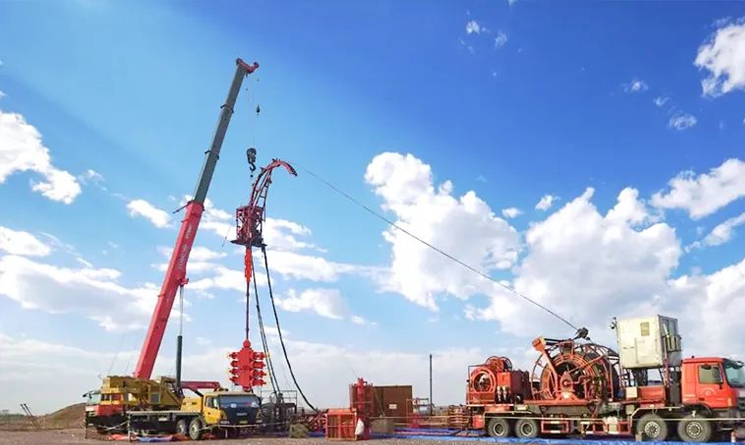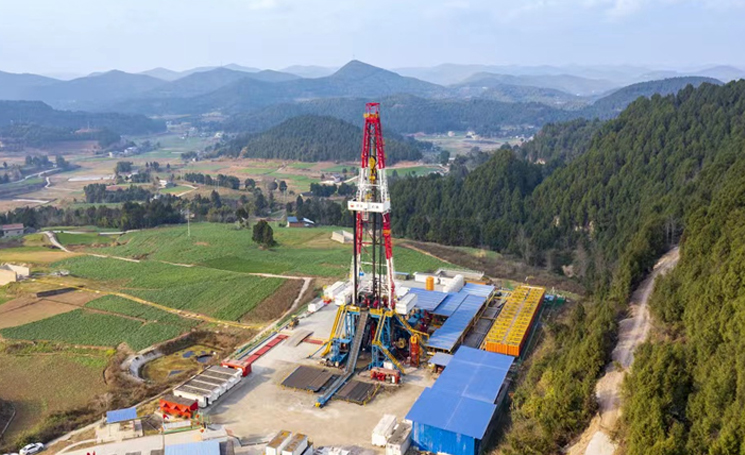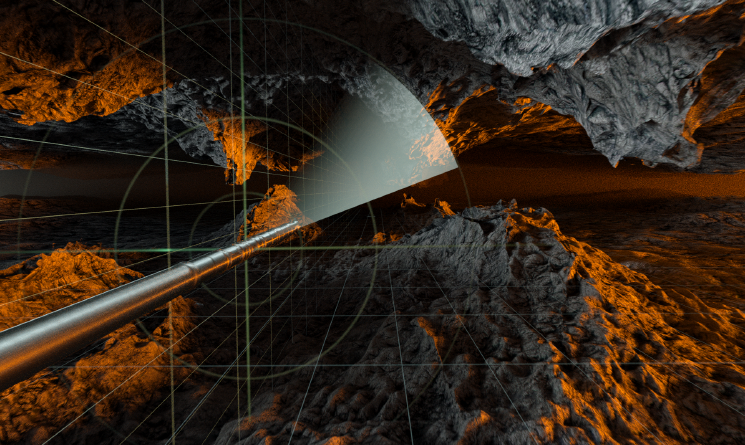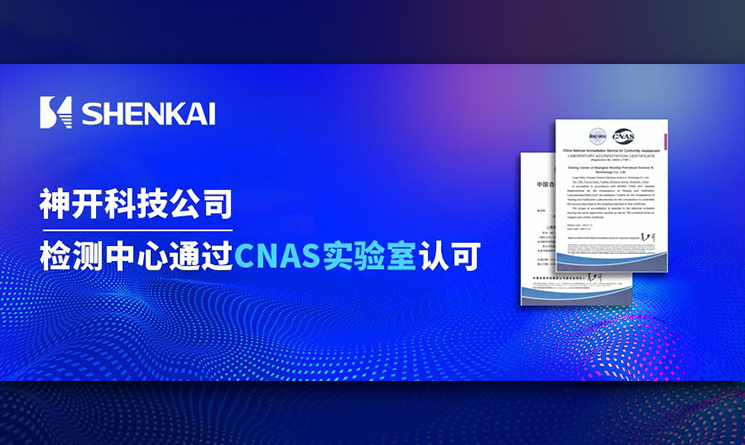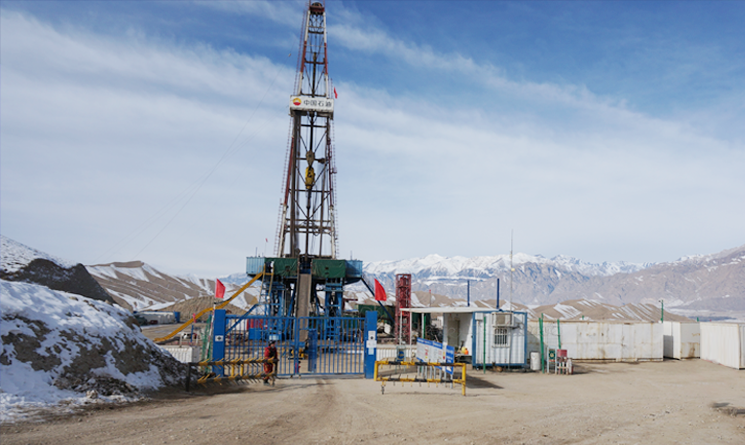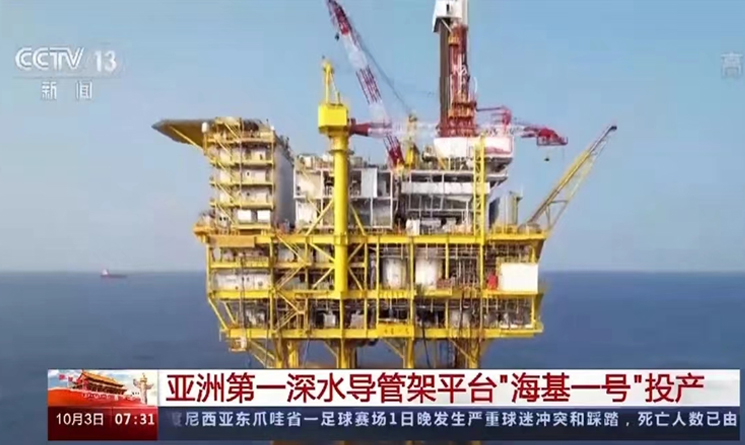Share to
Recently, a hydrogen-powered UAV jointly launched by Shenkai and Hanhydrogen Power (Zhuhai) Technology Co., Ltd. (Hanhydrogen) completed its inspection and test flight tasks in an oilfield in China! This marks the official application of hydrogen energy as a green power source in key scenarios to ensure the national energy lifeline, opening a new chapter for intelligent, efficient, and environmental-friendly inspection of oilfields!

Traditional oilfield inspections have long relied on fuel-powered vehicles with high emissions or electric UAVs with limited endurance (unable to work properly in low-temperature environment). In the vast and complex oilfield environment, there are problems such as limited coverage, low operation efficiency, carbon emissions, etc. As a petroleum equipment enterprise with more than 30 years of experience in the petroleum industry, Shenkai has had an insight into the development needs of the industry, actively promoted the landing and application of Hanhydrogen’s zero emission and long-range hydrogen-powered UAV solutions, and opened up a new path for sustainable development of oilfields.

This test flight was conducted in a core operation area of an oilfield. The hydrogen-powered UAV was equipped with a long-focus, wide-angle, infrared electronic pod, and a high-pitched loudspeaker weighing about 3kg. It took off autonomously from the command center to an altitude of 90m and automatically flew 6km at a speed of 50km/h to reach the inspection area. In just one hour, it completed a 24-hour precision inspection and verification flight of key targets including complex oil production facilities, oil pipelines, oil storage tank areas, etc. within a target area of about 15km2 in the oilfield, and returned successfully and automatically. The entire flight lasted for 1 hour and 40 minutes, with a remaining hydrogen level of 25% at the end, fully demonstrating the excellent endurance and stability performance of hydrogen-powered UAVs.

Compared with lithium-powered UAVs, the hydrogen-powered UAVs have significant advantages:
· Ultra-long endurance and doubled efficiency: with the high energy density characteristics of hydrogen fuel cell systems, the UAVs have achieved much longer single flight operation time than traditional battery-powered models, easily covering a large area of oilfields and significantly improving single mission efficiency;
· Stable and reliable, resistant to severe cold: faced with the challenge of winter low temperature environment in Northeast China, the hydrogen-powered UAVs can maintain stable flight even in low temperature environment of -40 ℃, providing strong support for uninterrupted inspections of oilfields throughout the year;
· Intelligent and safe, precise operation: it is integrated with advanced flight control and intelligent task systems, with precise positioning, autonomous inspection, and real-time data transmission capabilities; multiple safety designs to ensure absolute safety of hydrogen use and flights.

In 2023, Shenkai made strategic investments to Hanhydrogen for official layout of the new energy track, and the cooperation between the two sides was accelerated. Shenkai has fully leveraged its resources and channel advantages in the petroleum industry, actively explored the widespread application of hydrogen energy technology in the petroleum industry, and promoted industrial upgrading and transformation. This successful test flight of oilfield inspection is the result of collaborative innovation between the two parties, and also a major breakthrough for the large-scale application of hydrogen-powered UAVs in the energy industry.

In the future, Shenkai will continue to uphold the development concept of helping clients “obtain energy in a safe, efficient, and environmental-friendly manner”, and further deepen cooperation with Hanhydrogen:
· Accelerate industry landing: it aims to promote the large-scale application and deployment of the hydrogen-powered UVA system in oilfields, and cover multiple scenarios including pipeline inspection, facility monitoring, emergency inspection, environmental monitoring, etc.
· Establish a hydrogen energy ecosystem: it will actively explore the construction of distributed hydrogen production and refueling facilities in oilfield areas, provide convenient energy supply for UAVs and future hydrogen equipment, and create a closed-loop application of “green hydrogen” in oilfields.


